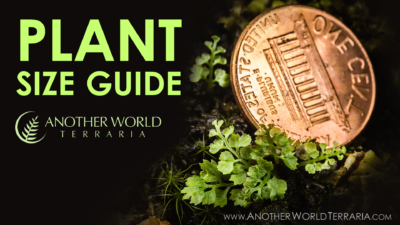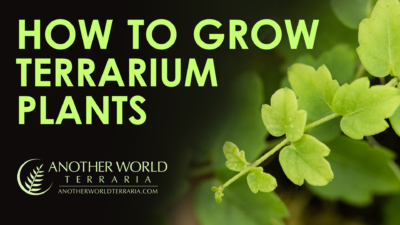Genus
Asplenium See All Search SiteSpecies
sandersoniiSynonyms
- Asplenium comorense
- Asplenium debile
- Asplenium hanningtonii
- Asplenium punctatum
- Asplenium vagans
- Asplenium stoloniferum (incorrect ID)
Taxon Family
AspleniaceaeOrigin of Taxon
Tropical and South Africa, West Indian OceanGrowth Habit
Mat-forming, PseudoviviparousImages
-
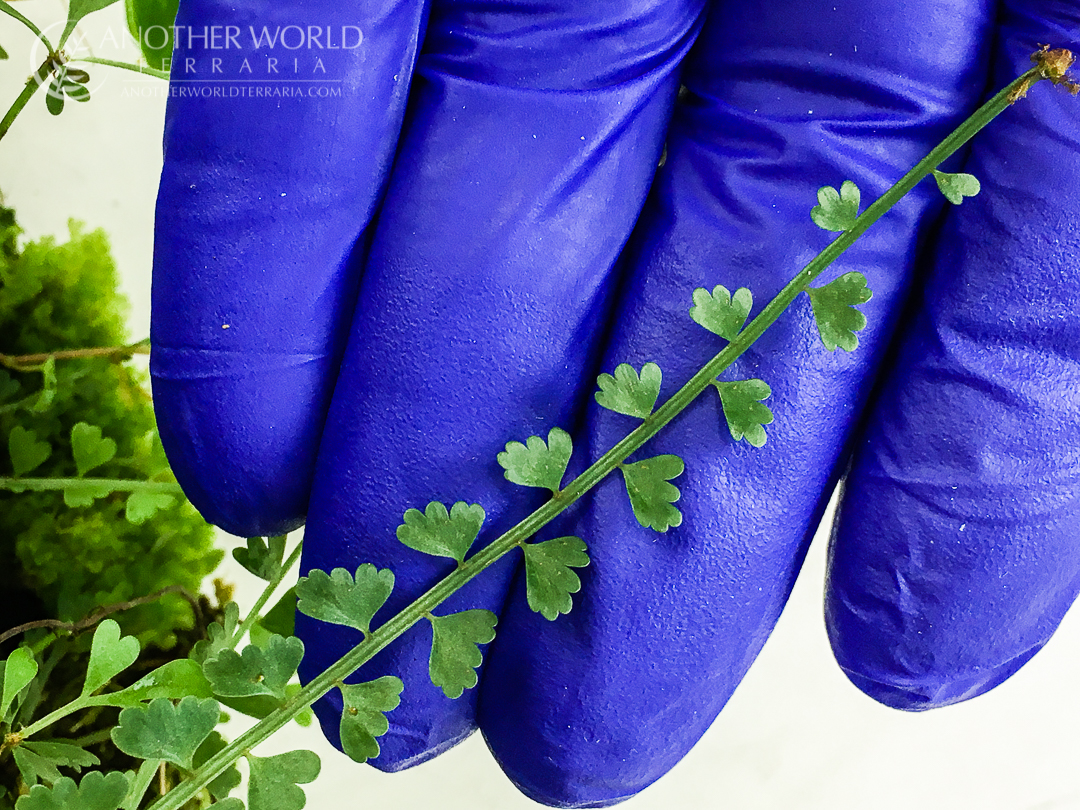
Asplenium sandersonii frond
-
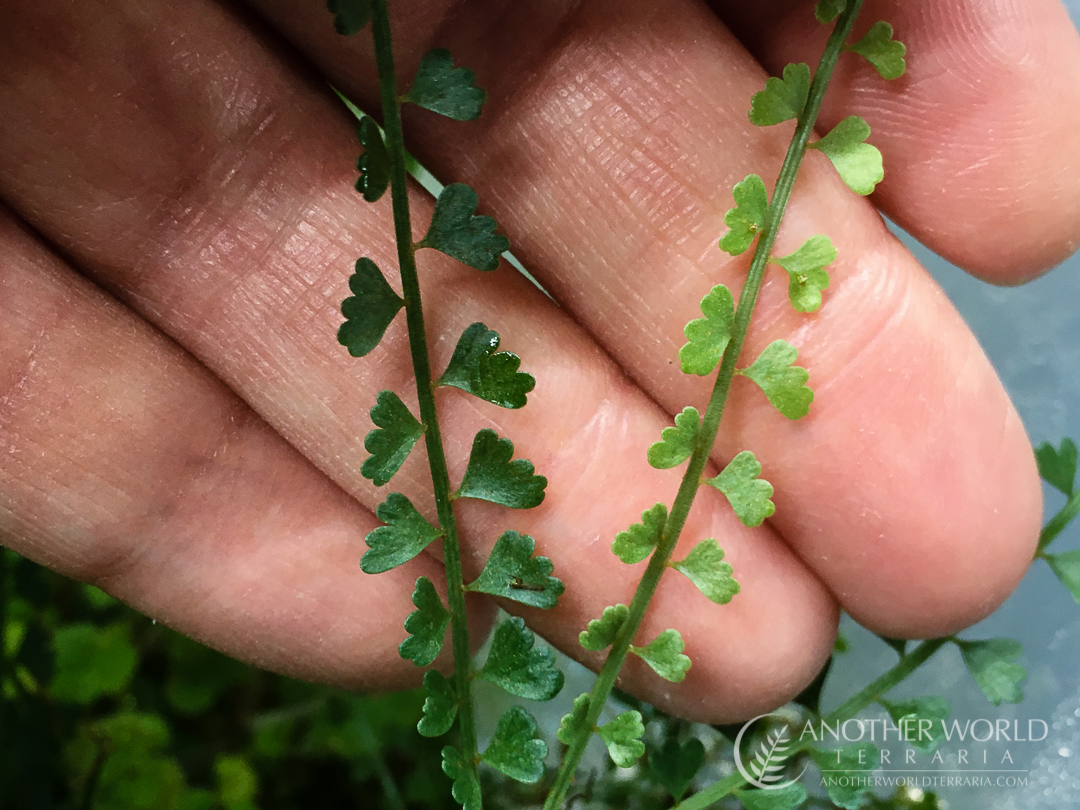
Asplenium sandersonii fronds
-
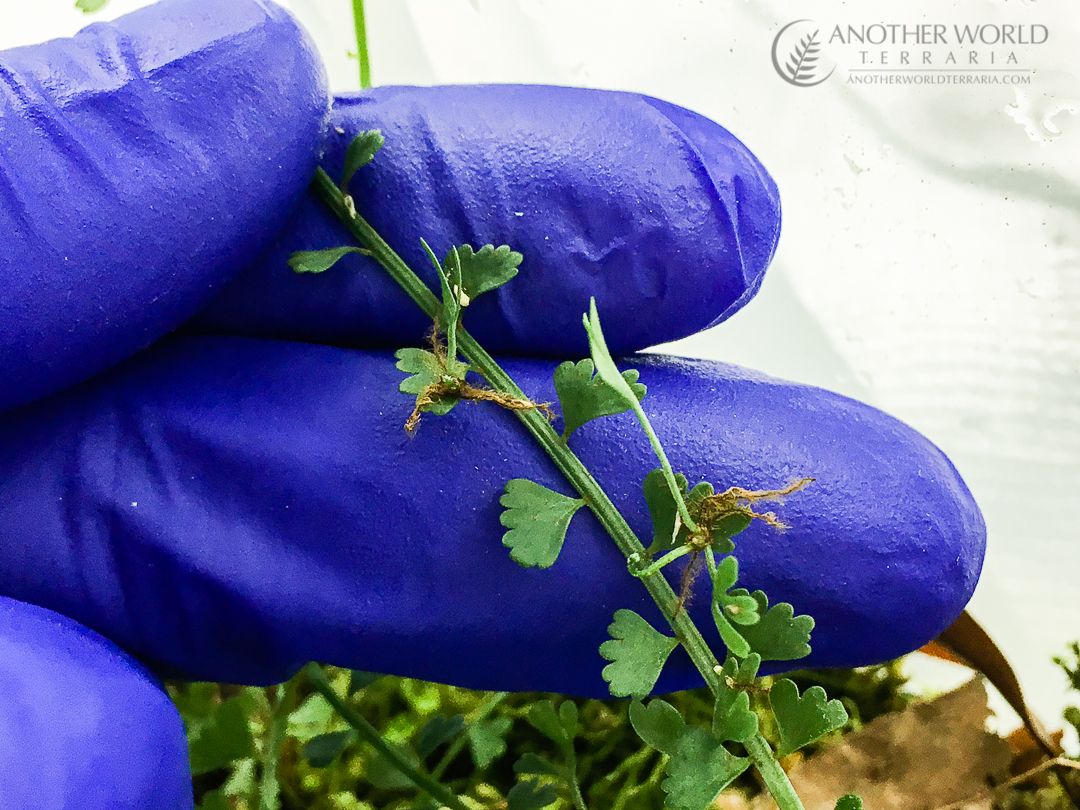
Asplenium sandersonii frond with two bulbils sprouting plantlets
-
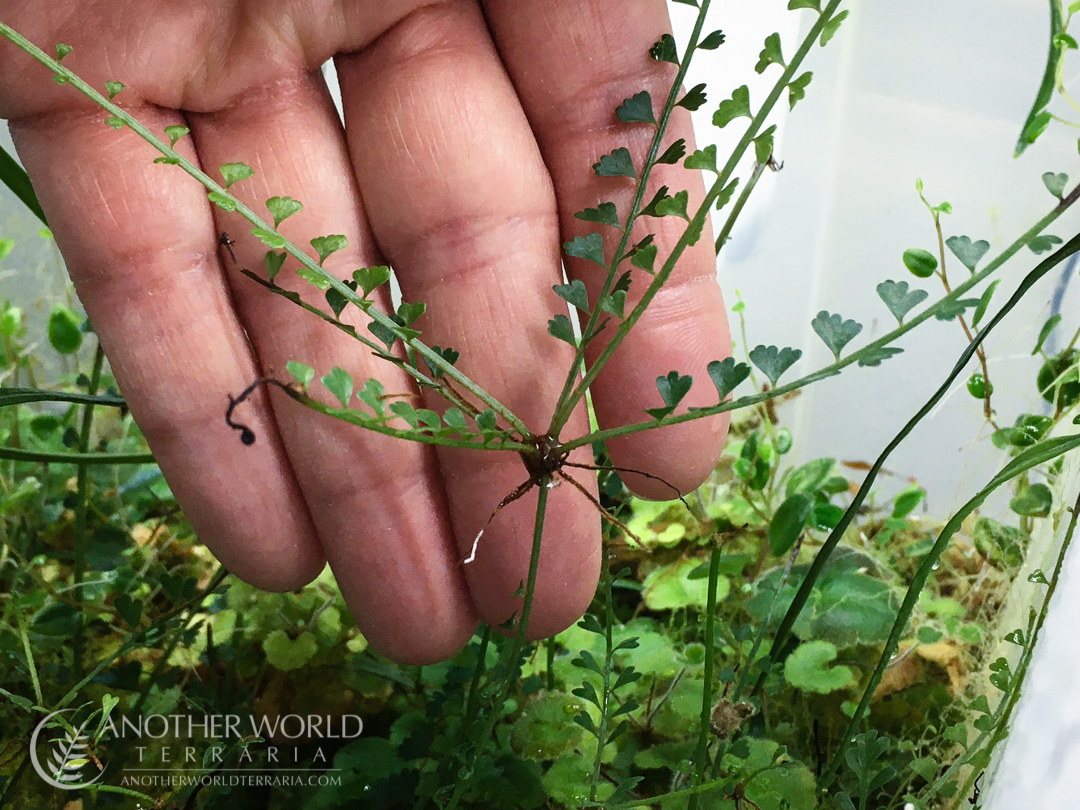
Mature plantlet of Asplenium sandersonii, growing from the tip of a mother frond
-
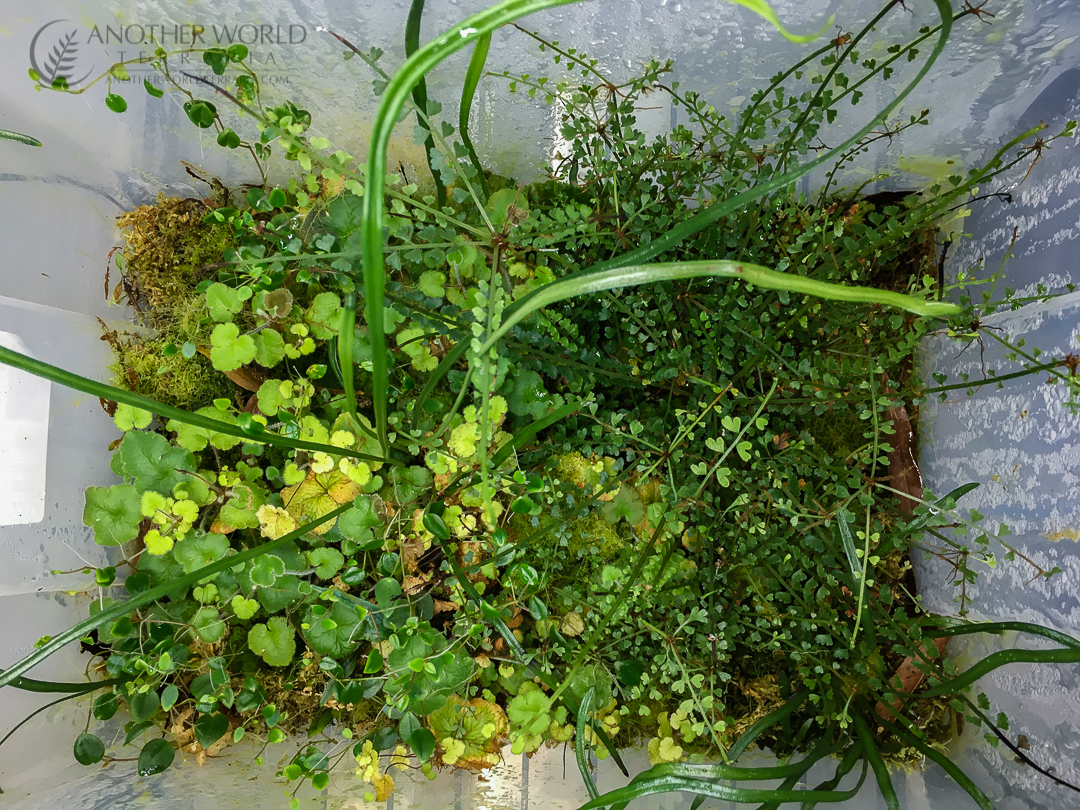
Asplenium sandersonii colony with other mixed ferns, in a plastic grow bin
-
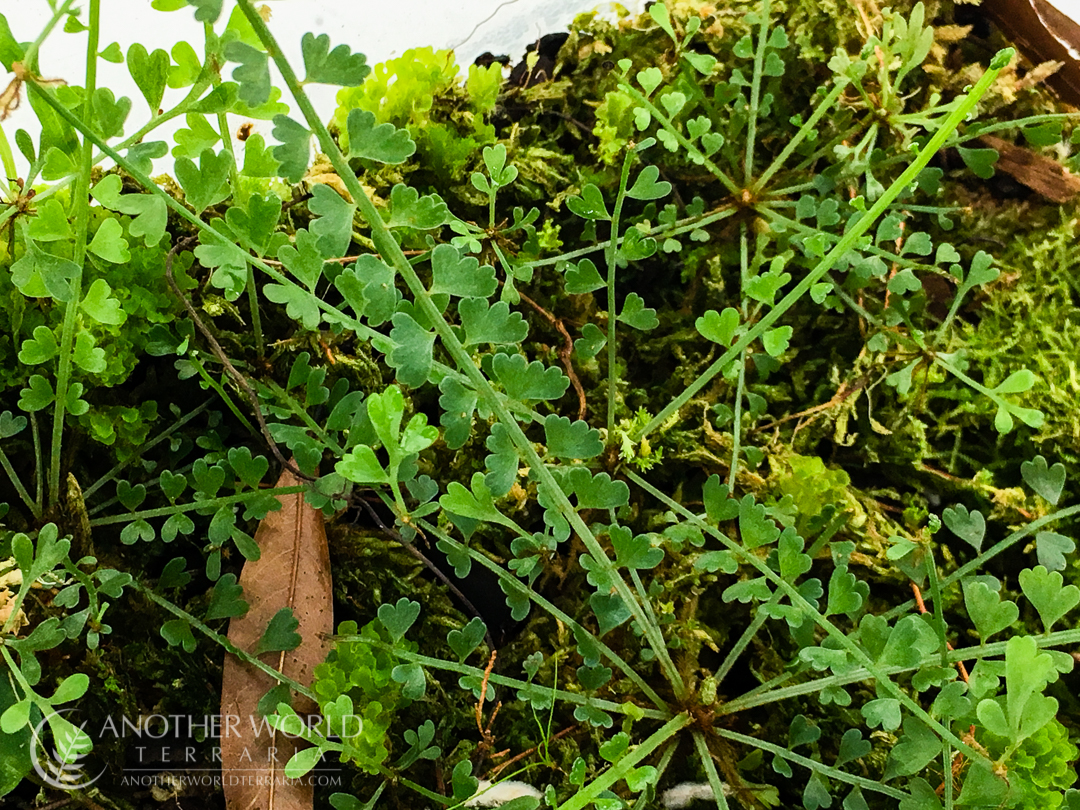
Asplenium sandersonii colony
Description
This plant is an epiphytic, and occasionally lithophytic, fern growing in and around moist forests.
It’s often erroneously sold and traded as Asplenium stoloniferum, a species which is quite different in appearance and growth form. The most distinguishing characteristic is that Asplenium stoloniferum (see on Kew) spreads via stolons (creeping runners which root at intervals and pop up more plants), whereas Asplenium sandersonii spreads via pseudovivipary in the form of plantlets from bulbils along the fronds.
Foliage
Fronds slightly fleshy and stiff, arching, singly-pinnate (there is no secondary division of pinna), medium to dark green.
Growth habit
A. sandersonii creates mat-like colonies due to the way the pseudoviviparous plantlets grow on the frond tips. Each plantlet roots, matures, and then continues the chain of new plants.
Culture info
Substrate
This epiphytic fern prefers moist, but well drained, substrate. It does well in acidic growing mediums such as Sphagnum moss, Pinus radiata bark, and so on.
You can browse the substrates list on my Amazon page to see some of the substrates that I use for my plants and terrariums.
Water
Mist and water the plant enough to keep it moist, but not wet.
Humidity
High humidity suits this fern very well.
Temperature
This species does well in intermediate to warm temperatures.
Light
Provide medium to medium-bright light.
By the way, I have a video that shows and discusses the lights I use for my plants, as well as a tutorial series for how to set up a grow rack.
Air
Air movement is not imperative, but the plant may do better with some, due to it being an epiphytic species which may grow surprisingly high up in trees (~20 ft), and sometimes grows around the edges of forests.
Fertilizer
See my plant fertilization video for more info, or pick up some of my recommended fertilizers on Amazon.
Propagation
Propagation of Asplenium sandersonii is very easy by separating bulbil plantlets from the parent fronds.
Where to Buy
References
- Flora of East Tropical Africa (JSTOR)
- Asplenium stoloniferum, for comparison (Kew)
- GBIF search for "Asplenium sandersonii"
- Kew Plants of the World search for "Asplenium sandersonii"
- WikiSpecies search for "Asplenium sandersonii"

